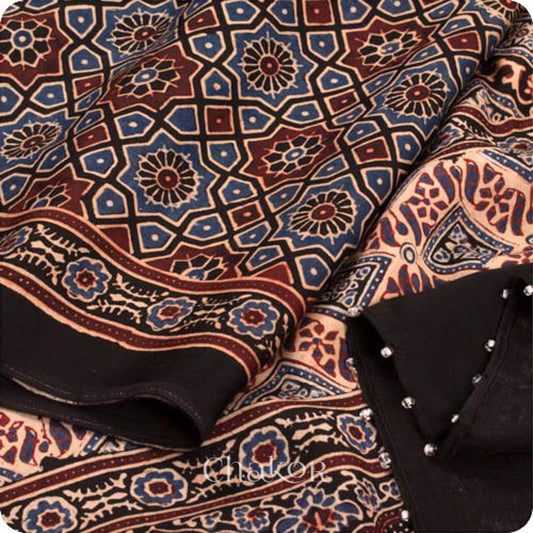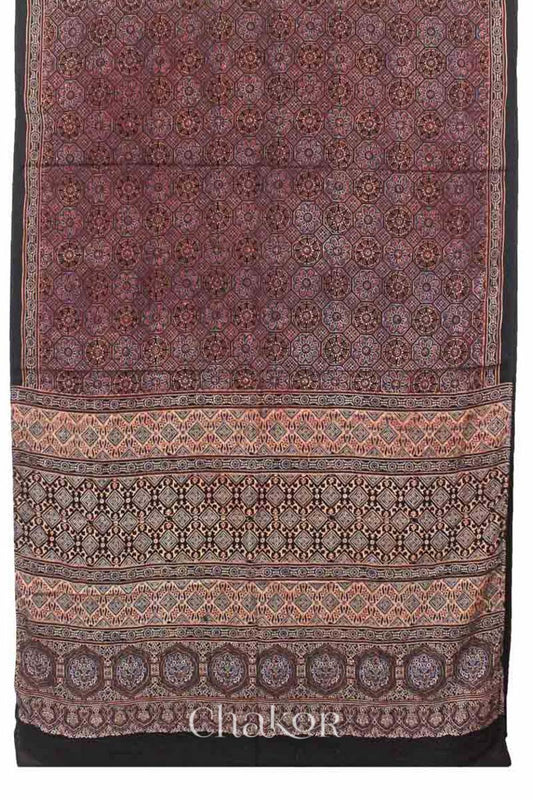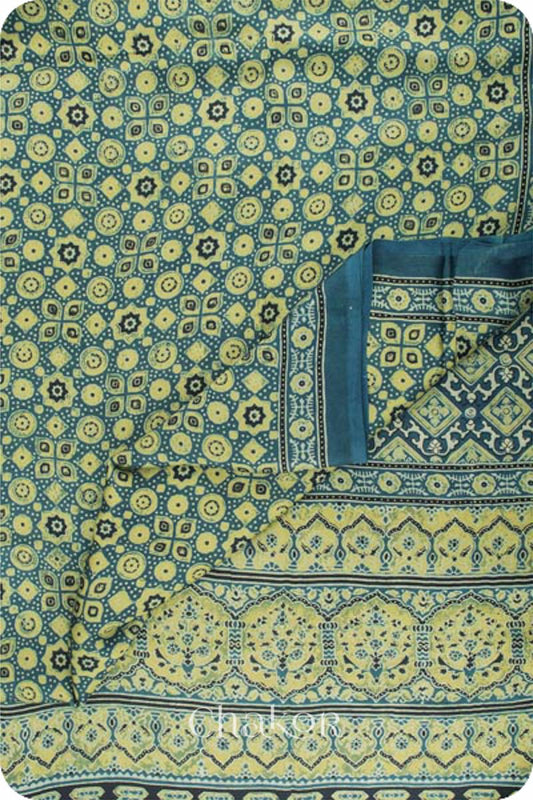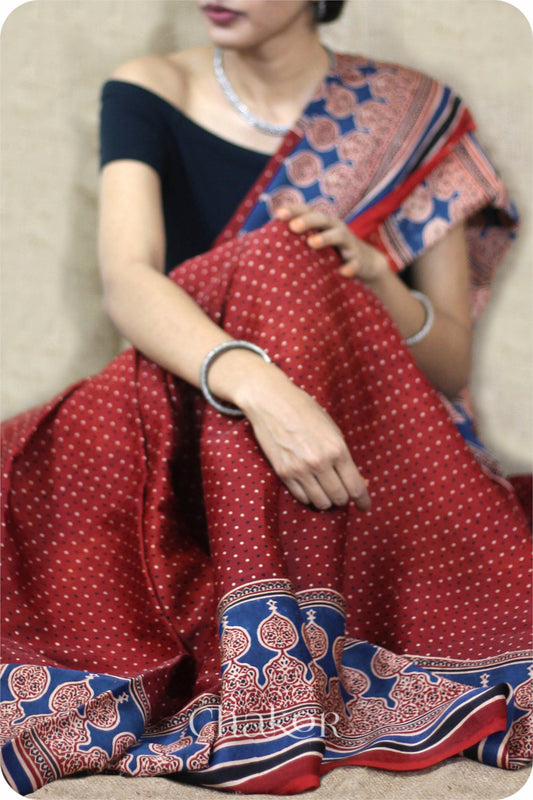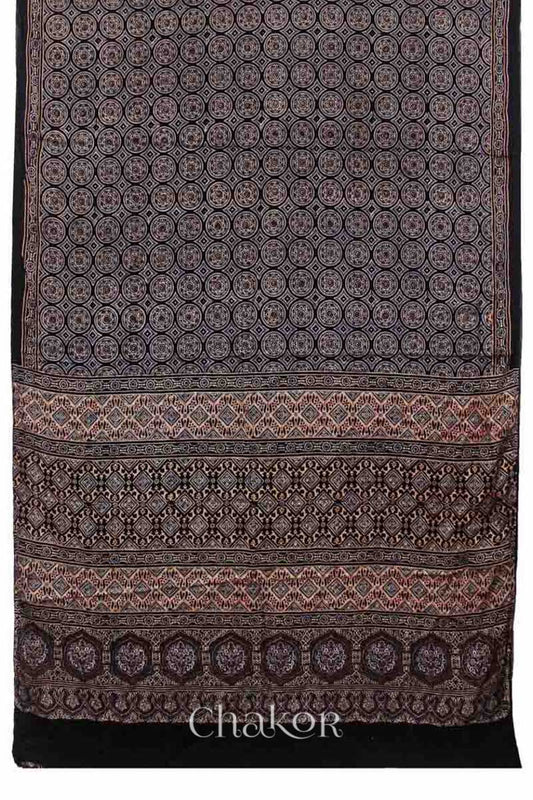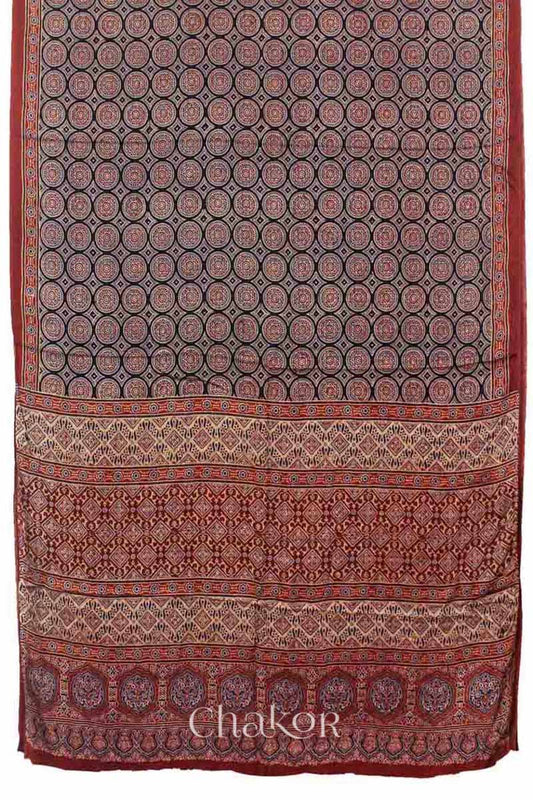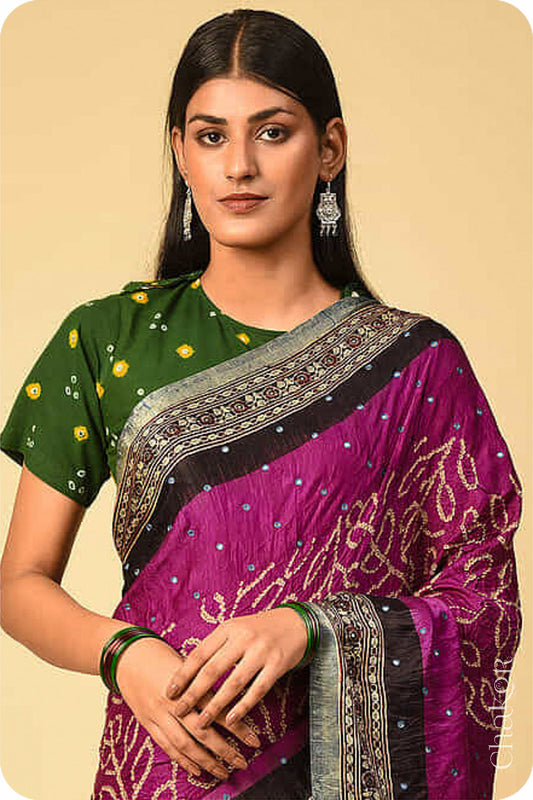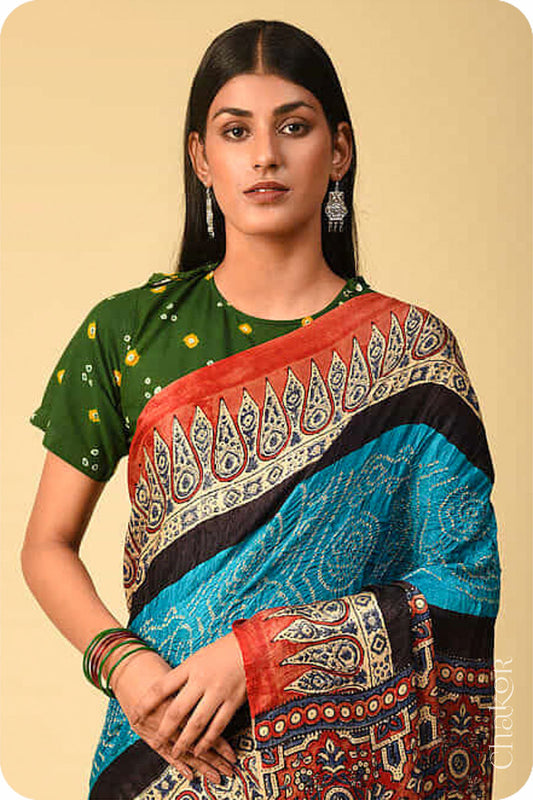-
Natural Dyed Black Ajrakh Modal Cotton Saree
Regular price Rs. 9,500.00Regular priceUnit price per -
Natural Dyed Black Ajrakh Modal Cotton Saree
Regular price Rs. 9,500.00Regular priceUnit price perRs. 9,500.00Sale price Rs. 9,500.00 -
Natural Dyed Black Ajrakh Modal Cotton Saree
Regular price Rs. 9,500.00Regular priceUnit price perRs. 9,500.00Sale price Rs. 9,500.00 -
Natural Dyed Indigo Ajrakh Modal Cotton Saree
Regular price Rs. 9,500.00Regular priceUnit price perRs. 9,500.00Sale price Rs. 9,500.00 -
Natural Dyed Green Ajrakh Modal Cotton Saree
Regular price Rs. 9,500.00Regular priceUnit price per -
Natural Dyed Madder Red Ajrakh Modal Cotton Saree
Regular price Rs. 9,500.00Regular priceUnit price perRs. 9,500.00Sale price Rs. 9,500.00 -
Natural Dyed Black Ajrakh Modal Cotton Saree
Regular price Rs. 9,500.00Regular priceUnit price perRs. 9,500.00Sale price Rs. 9,500.00 -
Natural Dyed Madder Red Ajrakh Modal Cotton Saree
Regular price Rs. 9,500.00Regular priceUnit price perRs. 9,500.00Sale price Rs. 9,500.00 -
Green Mustard Bandhani Ajrakh Silk Saree
Regular price Rs. 18,500.00Regular priceUnit price per -
Magenta Black Bandhani Ajrakh Silk Saree
Regular price Rs. 21,500.00Regular priceUnit price per -

 Sold out
Sold outRed Black Bandhani Ajrakh Silk Saree
Regular price Rs. 17,500.00Regular priceUnit price per -
Blue Red Bandhani Ajrakh Silk Saree
Regular price Rs. 24,500.00Regular priceUnit price per
Ancient Craft of Block Print - Ajrakh

Ajrakh, an ancient traditional form of block printing, stands as a testament to the rich heritage of Indian textiles. Rooted in the ancient craft traditions of the Indian subcontinent, Ajrakh has flourished in the arid regions of Kachchh, Gujarat and Rajasthan for centuries. Renowned for its intricate designs, earthy vibrant colors, and eco-friendly practices, Ajrakh has become an integral part of the cultural fabric, adorning sarees and garments with timeless elegance.
Historical Roots
The history of Ajrakh dates back over 4,000 years, tracing its origins to the civilizations of the Indus Valley. The term "Ajrakh" is derived from the Arabic word "Azrak," meaning blue, a color that features prominently in the traditional Ajrakh palette. The craft has been passed down through generations, with artisans preserving and refining its techniques, making it a cherished part of India's textile heritage. Ajrakh" is rooted in Sindhi, holds a cultural depth embodying both textile artistry and a colloquial expression, "aj rakh," translating to "keep it for today." This alludes to the meticulous time intervals required in the intricate, time-consuming processes involved in the craft, reflecting its labor-intensive nature.
Craftsmanship and Technique
Ajrakh involves a complex process that begins with the preparation of the natural fibre fabric, typically cotton or silk. The fabric is treated with a mixture of natural substances like alum and clay, creating a base for the dye to adhere. A set of wooden blocks carved by master artisans with traditional motifs, such as geometric patterns, floral designs, and paisleys, are used for block printing.
The craft employs a resist-dyeing technique, where specific areas of the fabric are covered with a resist paste made from clay, gum, and lime. The fabric is then dipped in natural dyes derived from plants, minerals, and other organic sources. This process is repeated multiple times, with different blocks and colours, resulting in the layering of intricate patterns and a harmonious blend of colours.
Regional Influence
Ajrakh has strong roots in the Kutch region of Gujarat, where communities of Khatri Muslim artisans have preserved and enriched the craft. The Kutchi Ajrakh is known for its bold geometric designs and vibrant color combinations. Each region imparts its unique touch to Ajrakh, showcasing a variety of patterns and styles that resonate with the local culture and traditions.
Sustainability and Eco-Friendliness
One of the remarkable aspects of Ajrakh is its commitment to sustainability. The use of natural dyes made from plants like indigo (neela), madder (manjistha), and pomegranate (dadim), along with eco-friendly resist pastes, makes Ajrakh an environmentally conscious craft. This eco-friendly approach not only adds to the allure of Ajrakh but also aligns with contemporary values of sustainable fashion. The products of Ajrakh span sarees, blouses, dupattas, dress materials, and home furnishings in silk & cotton.

CHAKOR's Alluring Ajrakh
At CHAKOR, we exalt the timeless allure of Ajrakh in our exquisite collection of sarees and dupattas. Our dedicated artisans meticulously craft each piece, ensuring the authentic reproduction of Ajrakh patterns with precision. The vibrant earthy colors echo the energy and richness of nature. Our Ajrakh sarees, crafted from handloom Mangalgiri cotton, adorned with a zari border, and lustrous modal cotton with its satiny feel, showcase authentic and traditional artistry. These creations reflect the profound cultural heritage and artistic finesse inherent in this traditional craft. Through our commitment, we strive to not only preserve the craft but also contribute to nature conservation.





